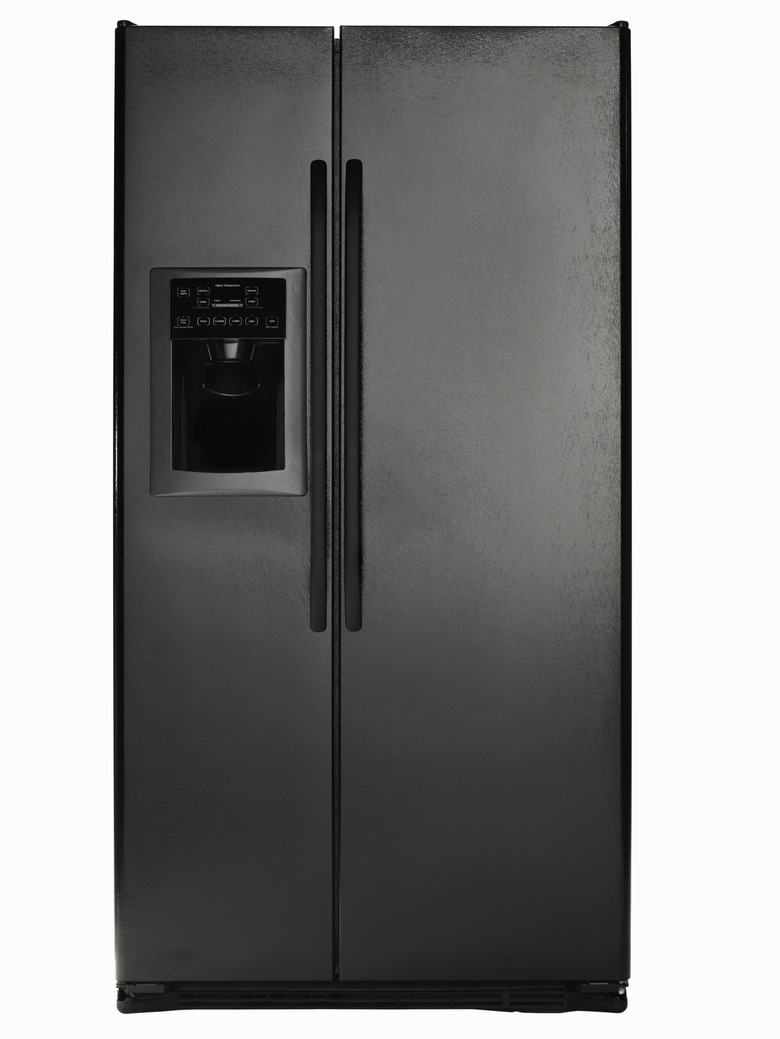What Is KVA Power?
The unit KVA (kilovolt amperes) is a measure of the power in an electrical circuit. The power depends on the voltage and the current at a given time with the KVA value being the power generated or consumed by the circuit at that moment. For most residential applications, the voltage and current in AC circuits are in phase, and the KVA power is equal to the kilowatts (KW). The KW over time give kilowatt-hours (kWh), which represent the energy used over a given time period.
TL;DR (Too Long; Didn't Read)
When voltage and current are in phase, the kilovolt amperes (KVA) equal the kilowatts (KW), or the power used in the electrical circuit. When voltage and current are out of phase, the KVA are higher than the KW and give the apparent power that has to be multiplied by the power factor to get the KW.
How KVA Power Differs From KW
How KVA Power Differs From KW
As long as the voltage and current rise and fall together, they are in phase and produce real power. In such a case, the KVA power, obtained by multiplying the voltage and current together and dividing by 1,000, is equal to the KW power. This is the case for home appliances for which power consumption is normally given in KW.
For some electric loads, such as large industrial motors, the voltage and current are not in phase. Instead, the voltage in a typical AC circuit rises, but the current is held back by the magnetic field of the motor. When the voltage and current are out of phase, they produce less real power although the electrical circuit still contains the same voltage and current values. As a result, the KVA power, or the apparent power based on the voltage and current, is higher than the real power. To compensate, the KVA power is multiplied by the power factor, expressed as a decimal between zero and one. Typical power factors for large industrial loads are 0.8, meaning that the KVA power times 0.8 gives the real power in KW.
Uses of KVA Power
Uses of KVA Power
A steel mill might want to run a large motor for rolling out thin sheets of steel. For such a motor, the voltage and current in the motor circuit will not be in phase and the KVA power will be higher than the KW. For example, the company could be getting 80 KW of rolling power from the motor, but the KVA power might be 100 KVA.
The company has to pay for the electric power it uses, but the utility is providing enough current and voltage for 100 KVA and will charge for this amount, even if the company is only getting 80 KW of useful power. To reduce its costs, the company can install power factor correction equipment to bring the voltage and current back into phase. Depending on the electric circuits involved, such equipment could be made up of capacitors or a generator. Once installed, the voltage and current will be back in phase, and the company will use only 80 KVA for the 80 KW of motor power.
KVA power gives the apparent power resulting from the out-of-phase voltage and current, but only the in-phase parts of the voltage and current deliver real power. Because utilities still have to supply the full voltage and current even if they are out of phase, they use a power calculator that bases their charges for electric power on the KVA power.
Electric Power in the Home
Electric Power in the Home
Most electric loads in homes don't run on out-of-phase power. Appliances such as stoves, ovens, toasters and electric heaters use in-phase voltages and currents to produce heat. For appliances with motors, such as fridges, washing machines and dryers, the motors are either too small to make it worthwhile for the utility to charge for extra apparent power, or the motors already have compensating circuits built in. As a result, homes are typically only charged for real power in KW, not for KVA power.
Cite This Article
MLA
Markgraf, Bert. "What Is KVA Power?" sciencing.com, https://www.sciencing.com/kva-power-8732592/. 29 October 2018.
APA
Markgraf, Bert. (2018, October 29). What Is KVA Power?. sciencing.com. Retrieved from https://www.sciencing.com/kva-power-8732592/
Chicago
Markgraf, Bert. What Is KVA Power? last modified March 24, 2022. https://www.sciencing.com/kva-power-8732592/
